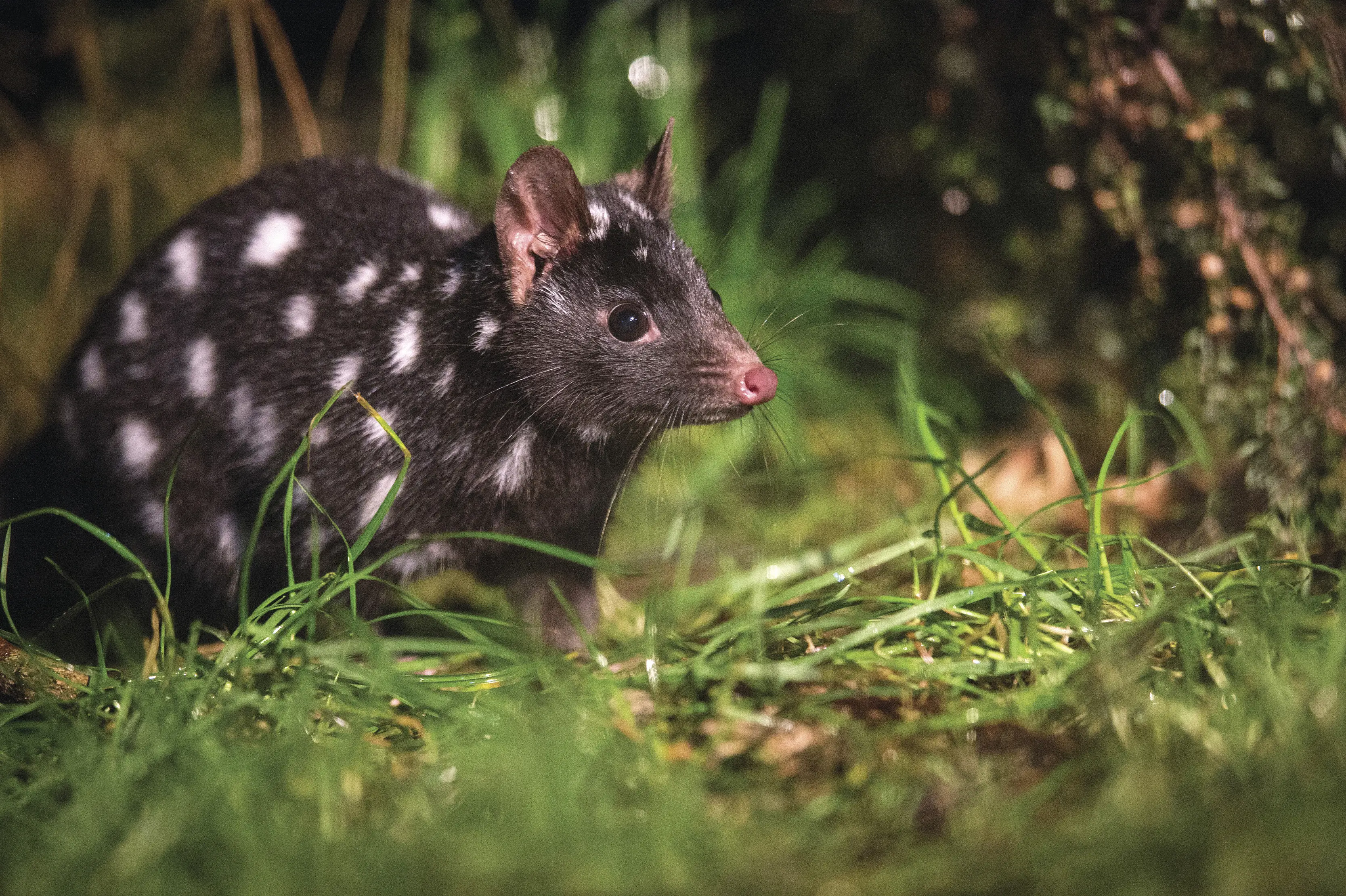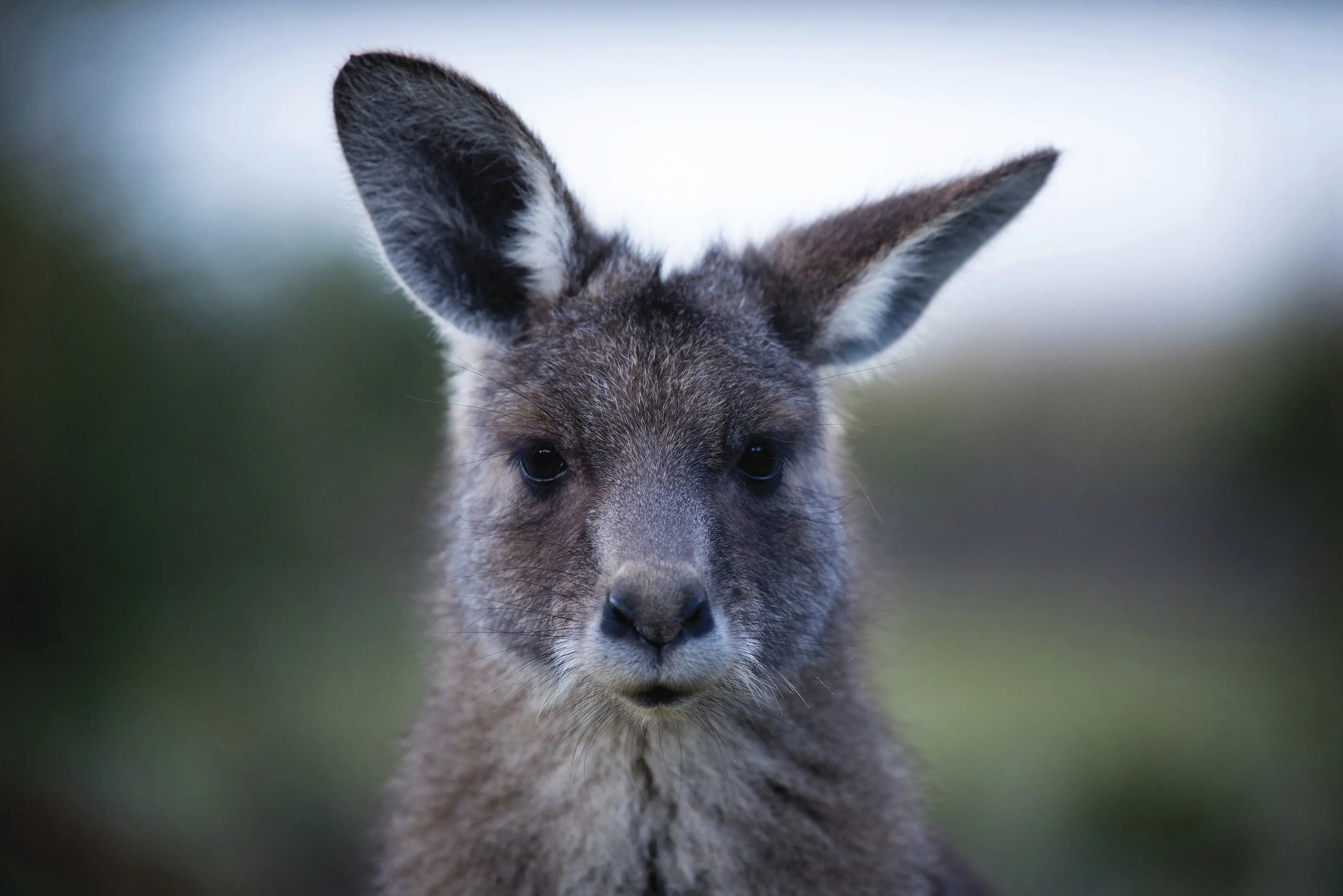
Spotted-tail quoll, Devils @ Cradle
Access your favourites here
You have a trip stored, would you like to save it?
From watching echidnas nosing through the leaf litter or an underwater encounter with a leafy seadragon, hugging a giant mountain ash or seeing the autumn “turning of the fagus”, these are some of the best ways to meet the locals.
Tasmania’s animal sanctuaries and zoos deliver guaranteed wildlife viewing and education. They also play a vital role in rescuing and rehabilitating injured and orphaned animals, and in supporting breeding programs. The action doesn’t stop at sunset; drop by in the evening for a Tasmanian devil feeding tour.
Little penguins are the smallest penguin species in the world, and more of them make their home in Tasmania than anywhere else. Meet them on twilight penguin tours as they return to their burrows after spending the day feeding at sea. Prime penguin spots include Bicheno, Bruny Island isthmus, Devonport (Lillico Beach), Stanley, Burnie and, of course, Penguin.
Bicheno Penguin Tours are temporarily cancelled due to reduced populations returning to shore. To support the wellbeing of the Bicheno colony and help more penguins return to their nests, please do not visit the penguin burrows.
For other penguin encounters around Tasmania, take a Low Head Penguin Tour on Tasmania’s north coast or visit the penguin-viewing platform at Lillico Beach, near Devonport. Other winter penguin encounters on the north-west coast will be available during the Off Season.
About 40% of Tasmania is protected as national parks, reserves and World Heritage wilderness, ensuring the conservation of diverse ecosystems and an abundance of distinctive wildlife and plants. Among the state’s 19 national parks, critter hotspots include Cradle Mountain-Lake St Clair National Park, Maria Island National Park and Narawntapu National Park. Try spotting the island’s 12 endemic bird species, as well as wonders as small as the Tasmanian pygmy possum (the world’s smallest possum) and as large as ancient forest giants as tall as 100m and more than 2000 years old.
From migrating whales to frolicking dolphins, the clean waters washing Tasmania’s shores are home to a rich diversity of marine life. Wildlife cruises offer the chance to watch sea eagles and albatross wheeling above the waves and seals basking on the rocks.
Slip on a snorkel to explore flourishing ecosystems beneath the surface. Among the experiences, look for bigbelly seahorses, southern rock lobsters and wrasse at Tinderbox Marine Reserve near Hobart, and marvel at the leafy seadragons at Trousers Point on Flinders Island.

Spotted-tail quoll, Devils @ Cradle
